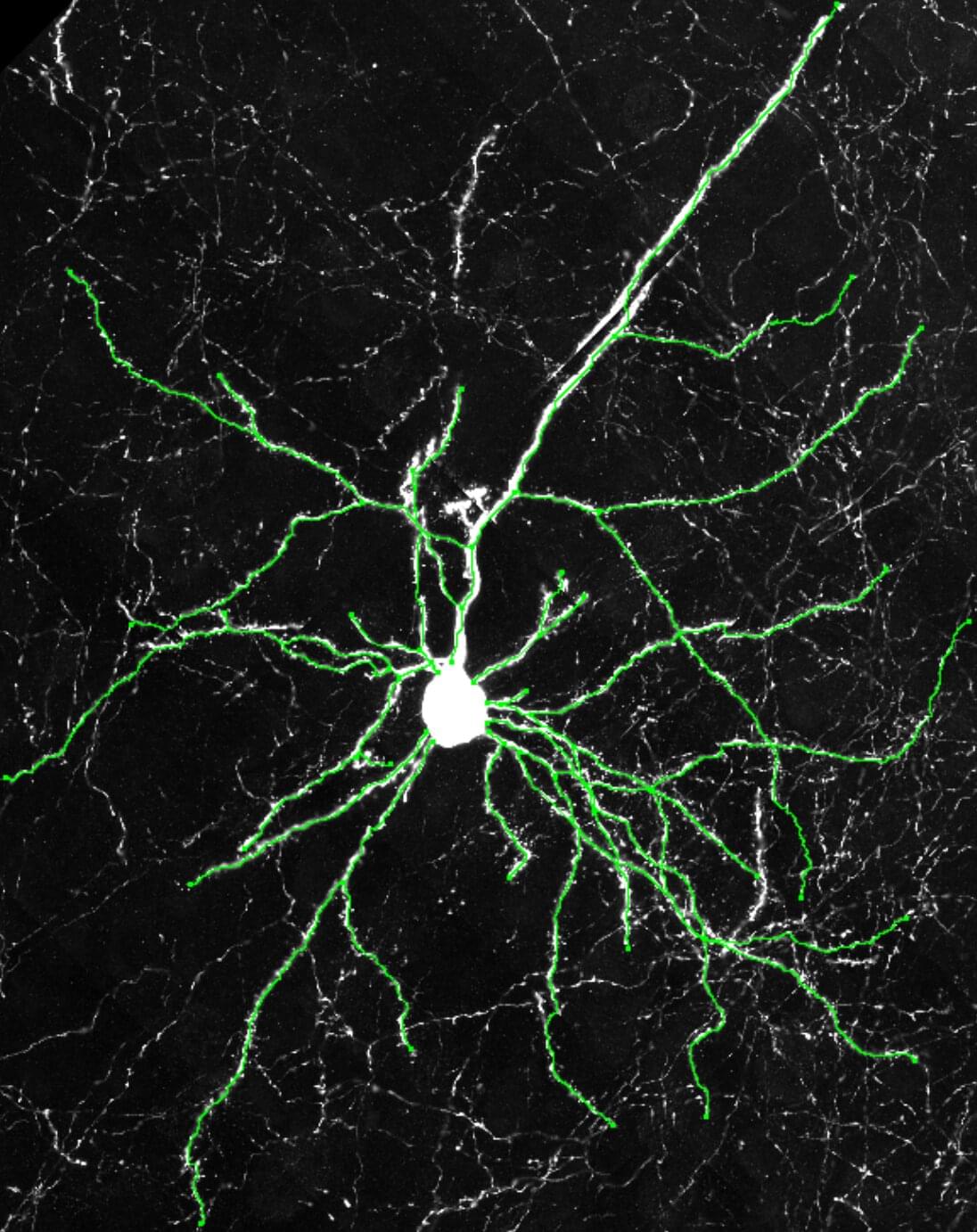Researchers at EPFL and Harvard University have engineered a chip that can convert between electromagnetic pulses in the terahertz and optical ranges on the same device. Their integrated design could enable the development of devices for ultrafast telecommunications, ranging, spectroscopy, and computing.
Terahertz radiation describes a band of waves on the electromagnetic spectrum with frequencies higher than microwaves (which are used in telecommunications technologies like Wi-Fi) but lower than infrared light (used in lasers and fiber optics). Their short wavelengths mean that terahertz (THz) signals can transmit large amounts of data very fast, but connecting THz radiation to existing optical and microwave technologies has been extremely challenging.
In 2023, researchers in the Laboratory of Hybrid Photonics came one step closer to bridging this gap when they created an extremely thin photonic chip made of lithium niobate that, when connected to a laser beam, produced finely tailorable THz waves. Now, the team has reported a novel design that not only generates THz waves but detects incoming ones as well by converting them to optical signals.








